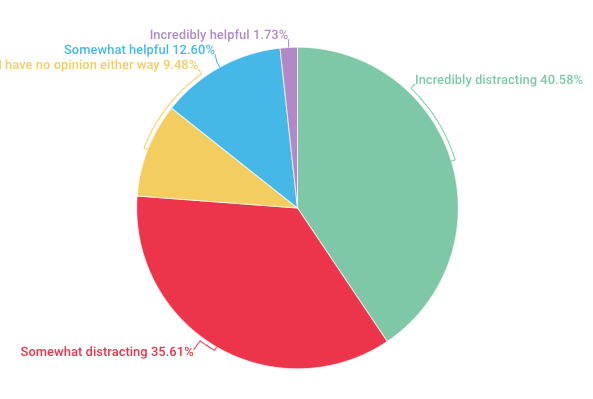Editorial:Bring current events to the classroom
September 26, 2014
This story was originally featured in the September Issue of the Arapahoe Herald
It is safe to say that the month of August was littered with all sorts of domestic and international crises. From the protests and riots in Ferguson, Missouri to the armed conflict between the Israelis and Palestinians and the emerging threat of ISIS, newspapers and news stations burst with breaking news for nearly the entire month.
While anybody who picked up a paper, watched the news on TV or checked the internet in the last week of August could have read about the movement of ISIS into Syria and their further advances in Iraq, that does not mean everybody heard about it. Closer to home, not all our students are aware of what progressed.
In an ideal world, all students would have the time, motivation and attention span to be entirely up to date on all stories both domestic and international. The reality is that many of our students have priorities above reading the news. The average high school student is deeply involved in the balancing act of grades, sleep, friends, clubs and whatever else is thrown into the mix. While this is a valid excuse, we still need a way to keep in touch with current issues.
With schedules packed with other core classes, it is a shame that the only class solely dedicated to current events (appropriately titled, “Current Events”) is merely an elective that takes up only two hours a week and provides a few much-needed social studies credits.
While the Current Events class is an important part of our social studies options, it should only make sense that students should be required to be aware of large-scale current events, such as those in Ferguson, Israel and Syria mentioned earlier.
This is not a proposition to add another class into our schedules. It is merely an appeal to the social studies teachers in our school. Everyone is required to take a social studies class every semester in their time here, so why not take advantage of that time?
As one would expect, the social studies curriculum has teachers focus on teaching the history corresponding to the course title. That is why students in World Geography and Civilizations learn about the geography of Europe and Asia. Nowhere in the course title does it say that there is a current events portion.
Beyond the social studies department, it would be reasonable for all sorts of classes to briefly mention recent news updates. If a calculus teacher asks, “who heard about the events in Iraq yesterday?” as their class notes load on the computer, that loans a bit of insight to the average student who has not yet read the news in the last day or two.
This is where the student who has not followed the news is put to a disadvantage, because many students are not taking a social studies class other than the one they are required to take for graduation. If the teacher is not on such a tight schedule where a day or two lost is tragic, it seems sensible that they should take up the responsibility of merely informing students of the large-scale current events. Just five minutes at the beginning of a class period to get students up to speed is beneficial.
To clarify, this coverage should not take up entire weeks and months and there should be no tests or grades involved in the process. Being aware of global news is all we need, not memorizing facts, names and dates.
The unfortunate fact is we will not be able to achieve this without losing time for other important lessons. If our social studies teachers inform their students on these current issues, there must be some tradeoff with the regular curriculum. But in this case, the pros should always outweigh the cons. After all, in the next few years we will be going into this world. We all should know more about it.
This editorial represents the views of a majority of the Arapahoe Herald staff.










